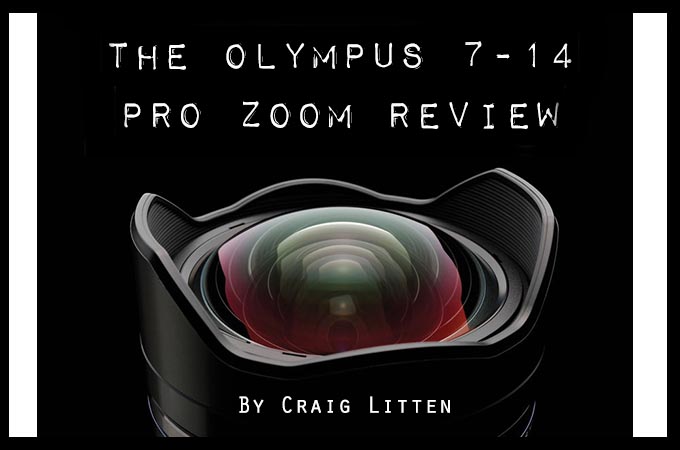
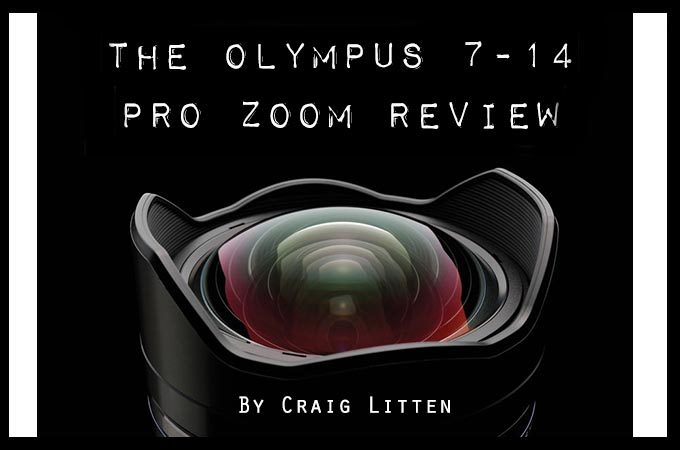
The Olympus 7-14 Pro Zoom. (DON’T) FIGHT THE ADDICTION.
By Craig Litten
You can order the Olympus 7-14 Pro Zoom at B&H photo HERE.
The Acceptable Double Standard
I remember back in photo school, way back in the early 90’s, long before anyone thought about digital photography or dared even imagine that one day film would become obsolete and nearly extinct, I remember overhearing the story of one of my photo professor’s speaking about a particular student’s work. Perhaps he said it during a critique, or perhaps, and most likely, he mentioned it to the other professors in private, but the story got out. I still remember the story to this day because I found it so humorous. Apparently this particular student overused wide angle lenses for his work, so what this professor said about him was: “He thought he had a style until he put away his wide angle lens.” This is pretty funny, and perhaps, as a student who’s still learning, the professor may have been correct. Wide angle lenses are fun, they have the ability of producing surreal images at times, and they are very useful, but too much of a good thing, especially at the learning stage, can sometimes be a bad thing. The same could be said for photographers who shoot their wide aperture lenses wide open all of the time … “You thought you had a style until…” But the Olympus 7-14mm f2.8 Pro just might be the exception to the rule, the acceptable double standard, the one that you can glue to your camera and keep in your bag—just maybe. What is it about super-wide lenses that keep us coming back, and perhaps even get us addicted to them? I think it’s just because they make every photo look so cool!
Olympus PEN-F with 7-14 Pro Zoom
The Olympus 7-14mm f2.8 Pro is a special lens. It’s effectively a 14-28mm (35mm equivalent) lens (let’s not get started, just accept it and move on—you know who you are). I remember when Nikon released their 14-24mm f2.8 zoom—it was a pretty big deal back then, but we take such exotic lenses more for granted today. Olympus, on their full 4/3 system, also had a 7-14mm, and it was highly regarded, but it was only an f4. Pentax has a similar f2,8 lens, but it isn’t quite as wide at 15mm, but does zoom a tad bit closer to 30mm. I think It’s better to have the extra “reach” on the wide end though because you can’t always back up—see the photo of the fresnel lens atop of the lighthouse for instance. I was shooting at the widest focal length of 7mm (14mm equivalent), and had no room to move or back up. Of course were comparing apples to oranges in one sense as the Nikon and Pentax lenses are full frame lenses, but the effective focal length (or what you can get into the frame) is similar. The Olympus is by far the smallest, it zooms wider than the Pentax and closer than the Nikon, it’s the least expensive of the three and it’s fully weather sealed. It also has full manual focus override with the push/pull clutch mechanism, and a dedicated function button. And it’s built to last.
SIZE, Next to the Zeiss 25mm Batis for Sony E Mount
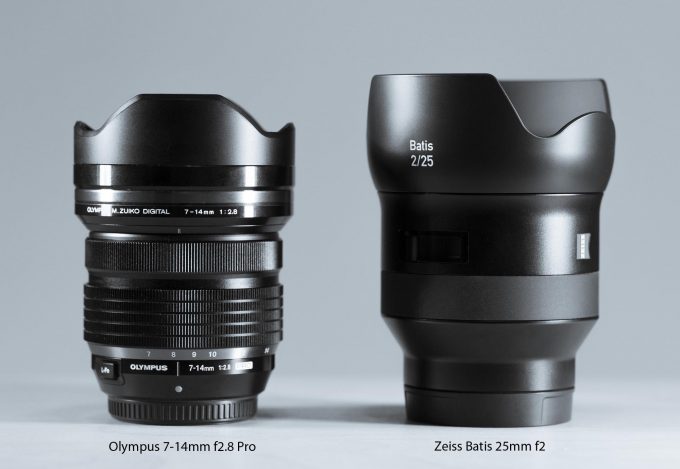
This Lens Oozes Quality
I’ll never forget the first time I held a real Leica M lens in my hands. I was surprised, almost shocked, at how heavy it was—not just heavy but dense. If at that moment someone would have blindfolded me beforehand and placed the lens in my hand, I would have guessed that it was a piece of lead. It’s hard to compare the Olympus 7-14mm f2.8 to a Leica lens by feel and weight alone, because even though this lens is not considered a large lens, it is very dense and solid with a good heft to it. This lens oozes quality from the all-metal mount to the bulbous front element. It really is a thing of beauty and feels incredible in the hand. The zoom is stiff and smooth with a nice weightiness to it, and the focus ring, when clicked into manual focus mode, is also smooth and has hard stops on either end like all the Olympus lenses with clutch mechanisms in them. I wouldn’t call either buttery smooth, but smooth with a quality feel. It makes my excellent Sony Zeiss lenses (ZA FE 35mm f2.8 and ZA FE 55mm f1.8) feel like toys—almost. The Olympus Pro line alone is enough to make you switch to m43.
After all, a system is only as good its lenses right? For years people on Internet forums were bragging about how great the depth and breadth m43 lenses were. At the time, I silently disagreed because I saw mostly cheap-looking, slow zooms. Much has changed though, as the m43 line is nearly fully mature. The Olympus’ Pro line and all the great glass recently released by Panasonic has changed the game in my opinion. And with the second installment of the OM-D E-M1 (mark II) coming soon, as well as the GH5 promised for next year, this format is a force to be reckoned with. Besides that, Olympus is now upping the game for video too, which many have waited and longed for. These new lenses are of true pro quality, and even though there are those who scoff at the small sensors of m43, nobody who physically holds and uses these lenses can argue that they are not pro quality. Another advantage of this lens is that, unlike the 300mm f4 Pro I recently reviewed, the smaller sensor of the m43 gives a depth-of-field advantage, it’s wide and deep—exactly what you want in a super-wide.
The E-M1 and 7-14 next to the Pentax K1 and Nikon D5
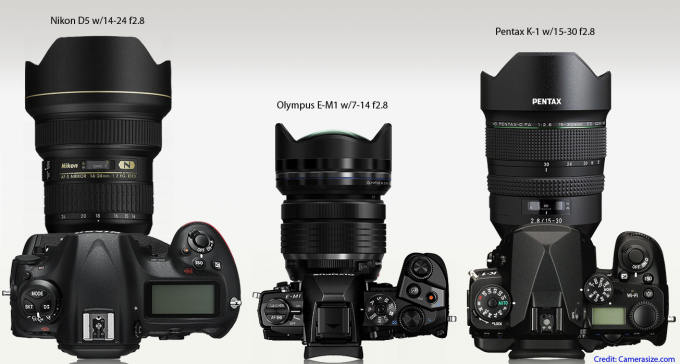
If you’ve owned or used any of the other Olympus Pro-series zooms, you’ll be instantly familiar with how this lens feels as there are no surprises here—it’s excellent. It’s all metal, except the built-in lens hood which is high quality hard plastic. I image this is so that it will protect without bending should you ever drop your lens. The lens is also weather sealed as expected. The zoom ring is nice and wide, about twice that of the focus ring, and both are made of grippy, knurled metal. There is also a knurled metal ring near the lens mount, giving it a better grip to aid in mounting and unmounting the lens. The lens also features an L-Fn, or function button, that can be used as a focus hold button, or assigned the usual myriad of features at your disposal. When you click the focus ring into manual focus mode, it includes painted focus marks that appear to be both in feet and meters, but the text is quite sparse and, in my opinion, not all that helpful for zone focusing. But with a lens this wide you can probably guess zone focus and be right nine times out of ten.
Finally, the front element is quite impressive, but protrudes (because it’s fisheye shaped or convex) past the lens hood on either side, but not on the top and bottom. Because of this, it’s prone to flair if you’re not careful when zoomed between 7mm to 9mm. I don’t think it’s a big deal really, but wanted you to be aware of it. Personally I like lens flair, but not everyone does. Also, because of this I always take care to zoom out to a longer focal length (so that the lens retracts for protection) when walking around to help prevent any possible accidentally bumping of the front element.
The lens doesn’t accept filters either, so there is no way to protect the front element with a UV or skylight filter, but only by installing the lens cap. If I owned this lens I would forgo my usual practice of immediately placing the lens cap in the box upon opening it (and storing it until I decided to sell the lens), as I always install a B+W UV filter to protect my newly purchased lenses. The lens cap is outstanding and pops in place nicely. I don’t foresee anyone complaining about this one.
How’s She Handle?
The lens handles outstandingly, is well balanced and feels great. It zooms smoothly, focuses fast, and is just the right size. Again, like with the Olympus 300mm f4 Pro, I was using it on Steve’s little Olympus Pen F (with a grip) and it wasn’t too bad. The grip really helped. I think that it play best on the Olympus flagship OM-D E-M1 series, and the E-M5 and E-M10—especially with the grips. I so wish Olympus would get rid of the Evolt name (which is the E in the naming of their cameras), it’s so difficult to remember and write. If I owned this lens, I would be hard-pressed to remove it from my camera as it’s a blast to shoot and experiment with.
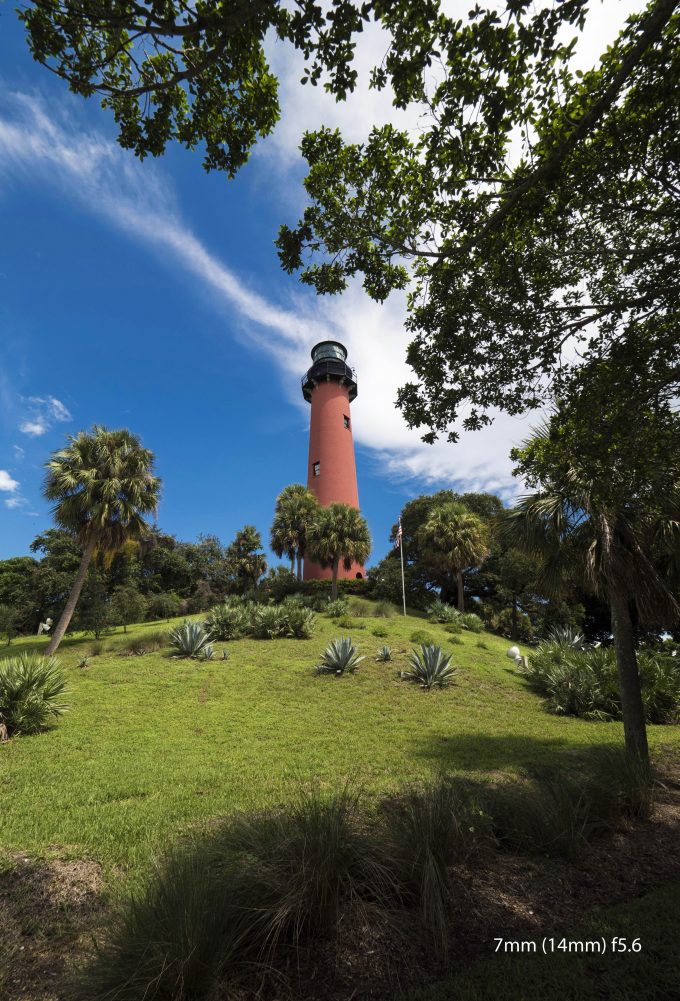
When I first started shooting digitally 16 years ago (August 2000), I was given a brand new Canon D2000 (Google this relic) by the newspaper I was working for. It was basically a Canon EOS1n film body with a Kodak sensor, and it was huge (but that’s beside the point). It had what is known today as an APS-C sensor in it (there was no such thing as full frame back then), so it had a 1.6x crop factor. Because of this my 16-35mm f2.8 lens became basically a 26-56mm lens for practical use. This wasn’t wide enough for many different assignments and when I needed something wider, I had to revert back to shooting film. Eventually though, the newspaper got rid of all the film machines and darkroom equipment, and all the film camera bodies sat on the shelf. Because we needed wider lenses, the only solution was for the newspaper to purchased a Canon 14mm lens. But this 14mm was only about a 22-23mm equivalent lens—not exactly a super-wide. It cost over $2,000 back then, and the budget just didn’t allow for us to buy more than one copy because the paper just got done shelling out over $15,000 each for the Canon D2000’s. The Canon 14mm became a pool piece of equipment, and all of the photographers had to share it. So in theory, I’d be able to have a wide lens for the assignments that called for it—if I could figure out which photographer was hoarding it in the trunk of his car. Practically though this never worked out too well, and I rarely got to shoot with it. So even today, for me, and I would guess most photographers who started shooting in the digital era, shooting a 14mm ( equivalent focal length), will be a real treat that could be come a total addiction.
IQ
In one word: outstanding! I’m simply amazed by how distortion-free this lens is. It basically has zero distortion. I shot RAW+jpeg, and when importing the images into Lightroom nothing changed. Those of you who own and shoot Olympus already understand this, but it was a surprise to me. Perhaps Olympus corrects distortion in camera (even in RAW)? Or perhaps the 7-14m is just that good. To me it doesn’t matter. What matters is the final result, and it is par excellence.
I’ve included tons of samples at different distances and focal lengths to give you a better idea of its performance. There is one particular image shot on top of a parking garage showing lines and shadows with plenty of blue sky which really shows just how well corrected this lens is.
And another macro shot of a tree frog only inches from my lens.

One example that really shows how super wide lenses can distort though, is the photo of the yellow sculpture taken up close. In the photo the sculpture looks like an oval, when in reality it’s a perfect circle. But this is an extreme case as most of the time when shooting with a lens this wide you will make adjustments to your angle and distance to the subject, if possible, to make you subject look as good as possible.
Finally, on the other hand, the grainy B&W shot (this is a camera preset) of men fishing on a pier with a bike in the foreground displays the amazing distortion control this lens has. Look at how perfectly round the rear bike tire is. The tire was very close to my lens and in the extreme portion of the frame among the far edge. I find this astonishing. My old Canon 16-35 would have made the bike wheel look like an egg.
Most of the images I posted with this review were shot at a middle aperture, but I did however, shoot at almost every aperture. I only shot at f22 once and found that it to be fairly soft—most likely because of diffraction. If you’re an m43 shooter you probably already know this and avoid the really small apertures. I also found the lens to be extremely sharp, punchy and contrasty and handle flair very well except from the extreme sides. But considering it has such a convex from element, it does very well. The lens is exceptionally sharp at closer, near macro distances too. An example of this is again the shot of the tree frog, which is exceptionally sharp.
Another is the shot of the espresso cups on a table. You can easily see the texture in the napkin and the fine grains of sugar.
Corner sharpness is very good to excellent for my type of shooting, but if you’re a landscape photographer or architectural photographer, you will most likely be more critical than I am. For everyday use, travel and most photographic applications I’d say corner sharpness is excellent. For those who demand the most from their lenses, I’d recommend studying as many full size photos as possible, or possibly renting the lens for a few days before buying it. Again, for most uses it’s not a factor in my opinion, but I don’t want to recommend it without knowing what your higher standards demand in these fields of photography. I’ve included plenty of full size photos for you do download and study. The shot inside of the lighthouse fresnel lens is a great example of just how good the lens performs at it’s widest setting (7mm).
Fun Factor
This is where this lens really shines. It’s a blast to see what things look like with such a wide perspective. You’ll find yourself photographing stuff you normally wouldn’t just to see what it looks like when photographed. And the macro ability of the lens is so good that it actually doubles the fun. You’ll find yourself shooting stuff like your car’s steering wheel, garbage on the street, a leaf, whatever. Like I said before, shooting with this lens is borderline addicting. Probably the biggest challenge I found using this lens is zooming out. I had to force myself to “test” every focal length and not just shoot at 7mm (14mm). If you’re on the fence about buying it and have the funds to do so, let me push you over the fence and encourage you to get it. You won’t regret it, and it will open up a whole new world of photographic potential.
It was actually good for me to test this lens because most of the time I shoot with a 35mm or a 50mm lens. I only employ telephoto lenses when an assignment calls for it, or if I’m shooting sports or action. As Elliott Erwitt once said: “Anything over 50mm is cheating.” And for me, anything wider than 28mm is usually too wide. My preferences fall between 24mm and 85mm, so using this lens stretched my preferences. Part of not wanting to shoot wider than 24mm in the past, for me, was the distortion. The Olympus 7-14mm solves this. Again, it blows away the original Canon 16-35mm f2.8 that I used to shoot with for years. Photography is about creativity, and this lens provides opportunity for creativity in spades.
Shots at 7mm and 14mm
The Perfect Combo & the Bottom Line
If I shot Olympus, and was a photojournalist, editorial, documentary or travel photographer, I’d forgo the Olympus Pro 12-40mm (24-80mm equivalent) altogether, and get the three lenses listed below:
• Olympus 7-14mm f2.8 Pro
• Olympus 25mm f1.2 Pro
• Olympus 40-150mm f2.8 Pro
This would give you the perfect combo, in my opinion, to cover basically anything. You would have the equivalent of:
• 14-28mm
• 50mm
• 80-300mm
Even though this lens is classified as a super-wide zoom, it does zoom into the realm of a normal wide (28mm), and the distortion is controlled so well (basically nonexistent) that I see it as an everyday lens (in spite of what my photo professor says). Adding the 25mm f1.2 Pro will give you the normal coverage you need along with a super fast aperture to cover extremely low light situations. And the fact that it’s a prime lens, it’s smaller and lighter and will lighten your gear load. I just know that if I owned both the 7-14mm and the 12-40mm, it would be a constant struggle as to which lens I’d want to have on my camera. If you’re a portrait photographer, I think swapping out the 7-14mm for the 12-40mm would be the way to go.
Nevertheless, as you’ve probably already guessed, I can’t recommend this lens enough. I would rate it as “Highly Recommended” for just about anyone who owns this system and can afford it. It has everything you crave in a lens. It’s relatively small, weather sealed, exceptionally well built, balanced, sharp and practically distortion free.
Those of you who follow Steve regularly know that he only reviews gear that he likes. Other review sites review just about everything that comes across the table. Even though he has passed this review to me, it wouldn’t have happened if he didn’t like the lens. When you review gear that you already like, the reviews are going to be of a positive nature. This same principle applies to me. I wouldn’t review gear that I didn’t already like, and I’m very open-minded when it comes to quality gear, so this is why all of my reviews are mostly positive in nature. Please keep this in mind before bing too critical with your comments. Thanks for reading!
WHERE TO BUY?
BUY THE OLYMPUS 7-14 AT B&H PHOTO
BUY THE OLYMPUS 7-14 AT AMAZON
PLEASE! I NEED YOUR HELP TO KEEP THIS WEBSITE RUNNING, IT IS SO EASY AND FREEE for you to HELP OUT!
Hello to all! For the past 8 years I have been running this website and it has grown to beyond my wildest dreams. Some days this very website has over 200,000 visitors and because of this I need and use superfast dedicated web servers to host the site. Running this site costs quite a bit of cash every single month and on top of that, I work full-time 60+ hours a week on it each and every single day of the week (I receive 100-300 emails a DAY). Because of this, I could use YOUR help to cover my costs for this free information that is provided on a daily basis.
To help out it is simple, and no, I am not asking you for a penny!!
If you ever decide to make a purchase from B&H Photo or Amazon, for ANYTHING, even diapers..you can help me without spending a penny to do so. If you use my links to make your purchase (when you click a link here and it takes you to B&H or Amazon, that is using my links as once there you can buy anything and I will get a teeny small credit) you will in turn be helping this site to keep on going and keep on growing.
Not only do I spend money on fast hosting but I also spend it on cameras to buy to review, lenses to review, bags to review, gas and travel, and a slew of other things. You would be amazed at what it costs me just to maintain this website, in money and time (250 hours a month, and about $3000 per month).
So all I ask is that if you find the free info on this website useful AND you ever need to make a purchase at B&H Photo or Amazon, just use the links below. You can even bookmark the Amazon link (not the B&H) and use it anytime you buy something. It costs you nothing extra but will provide me and this site with a dollar or two to keep on trucking along.
AMAZON LINK (you can bookmark this one)
B&H PHOTO LINK – (not bookmark able) Can also use my search bar on the right side or links within reviews, anytime.
Outside of the USA? Use my worldwide Amazon links HERE!
You can also follow me on Facebook, Twitter, or YouTube. 😉
One other way to help is by donation. If you want to donate to this site, any amount you choose, even $5, you can do so using the paypal link HERE and enter in your donation amount. All donations help to keep this site going and growing!![]() I do not charge any member fees nor do I (nor will I ever) charge for reviews, so your donations go a long way to keeping this site loaded with useful content. If you choose to help out, I thank you from the bottom of my heart.
I do not charge any member fees nor do I (nor will I ever) charge for reviews, so your donations go a long way to keeping this site loaded with useful content. If you choose to help out, I thank you from the bottom of my heart.
Few more shots…
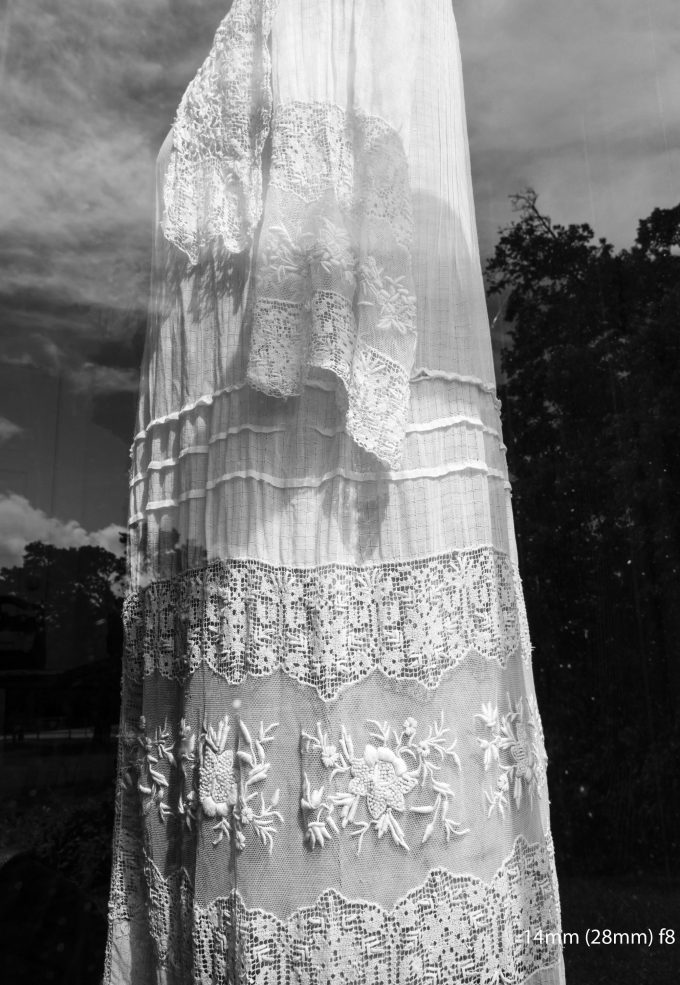
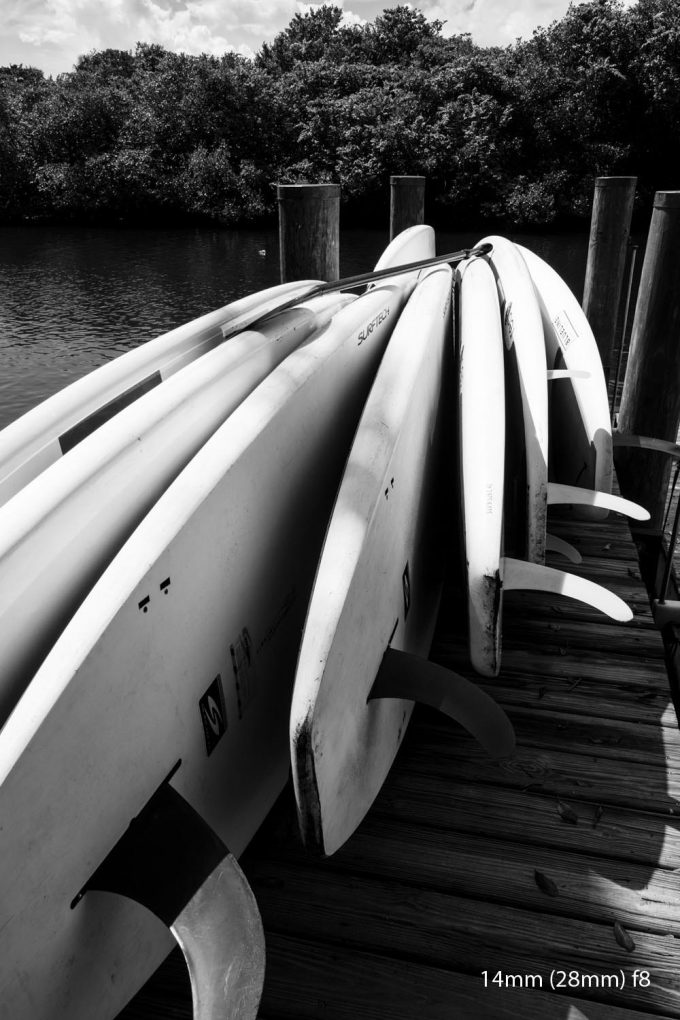


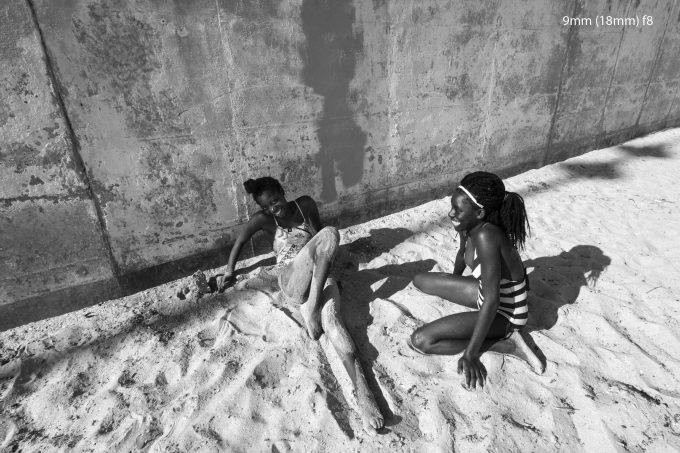
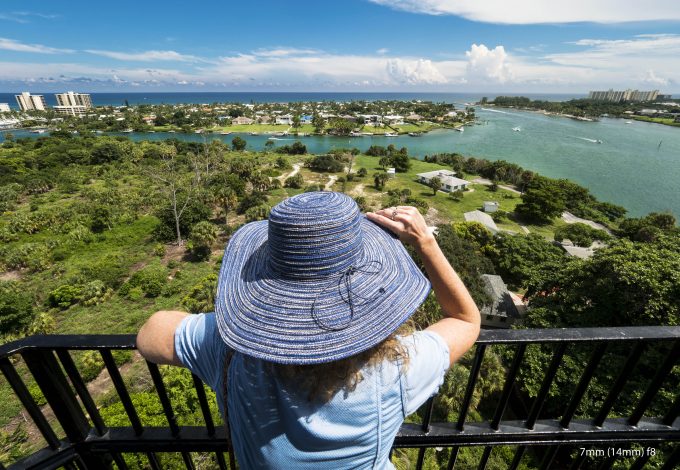
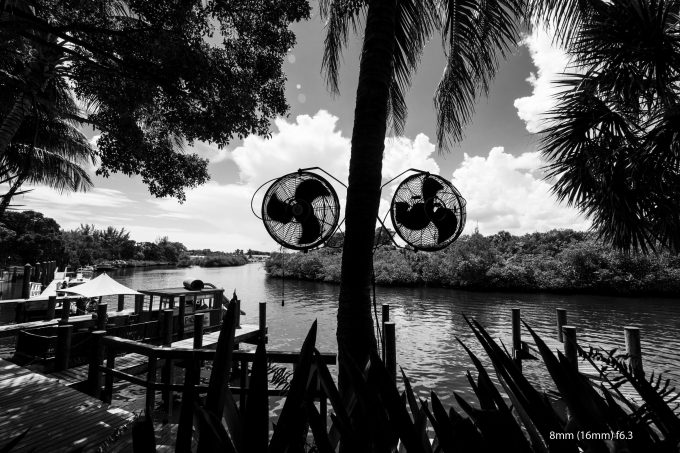
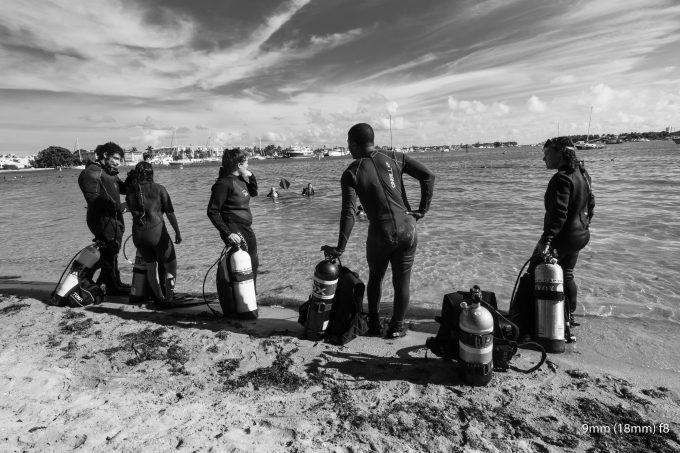
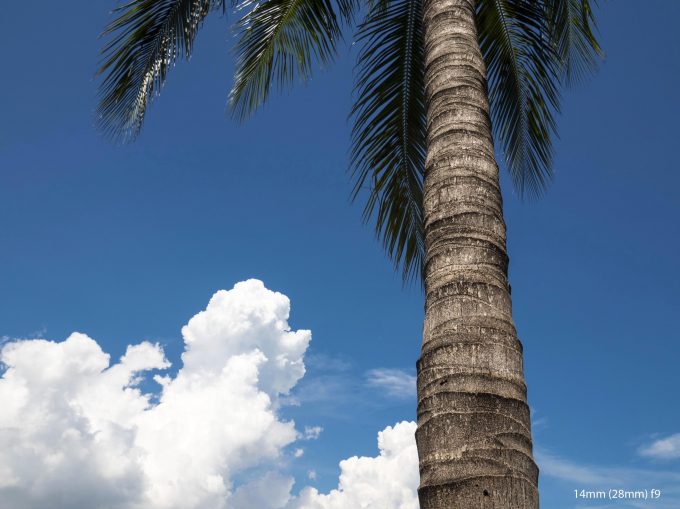
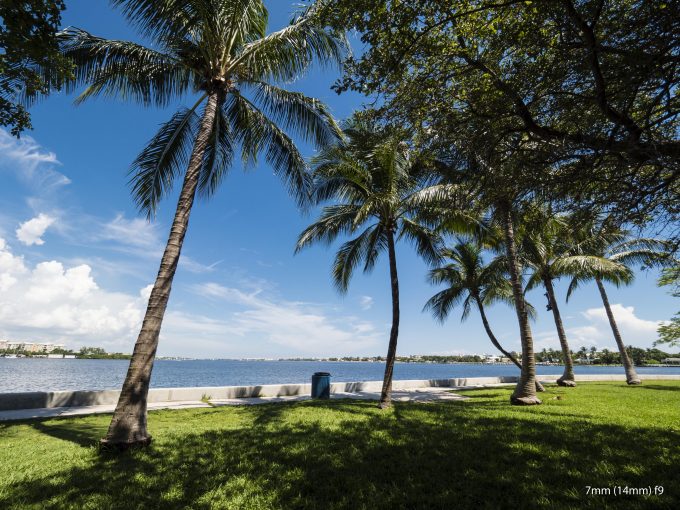
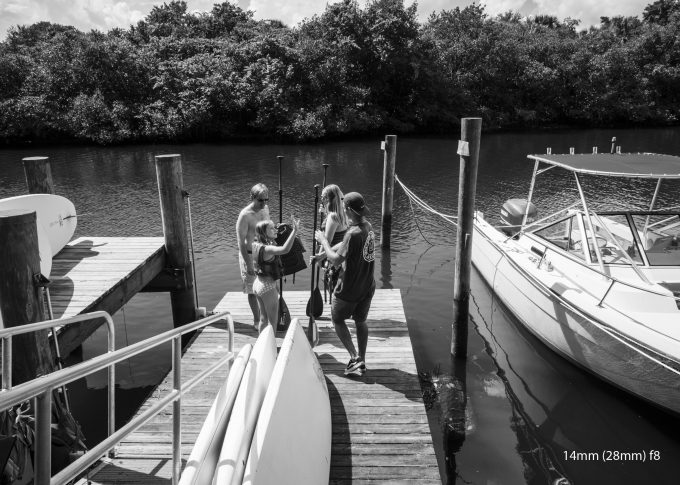
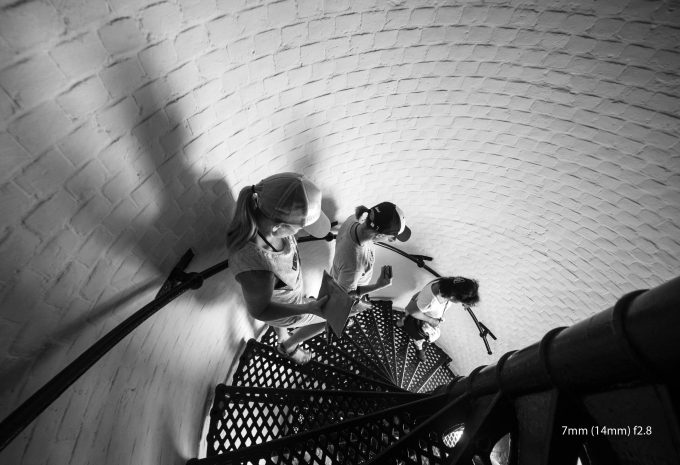
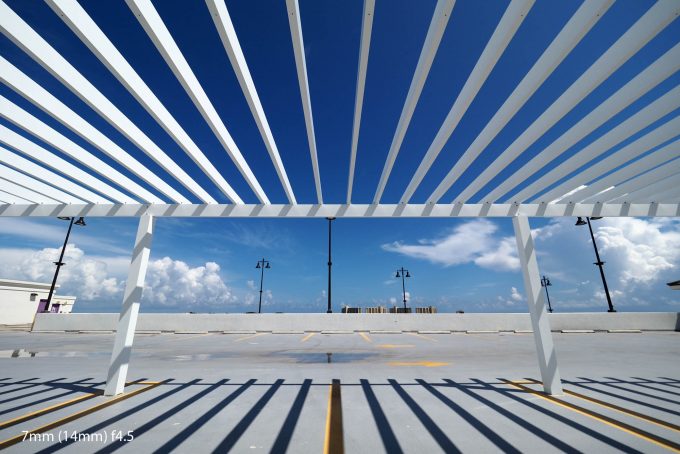
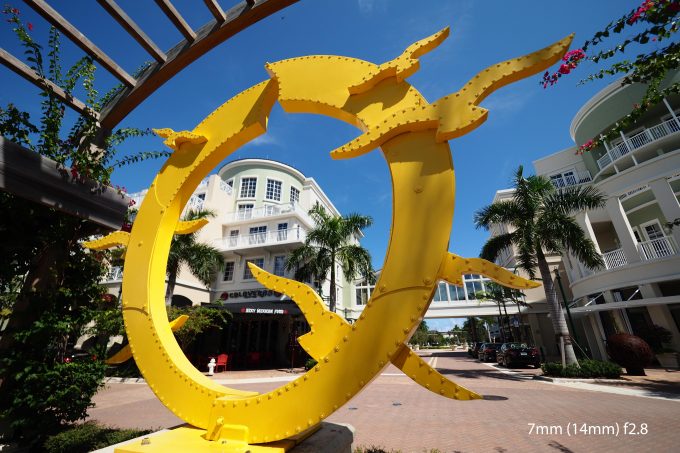
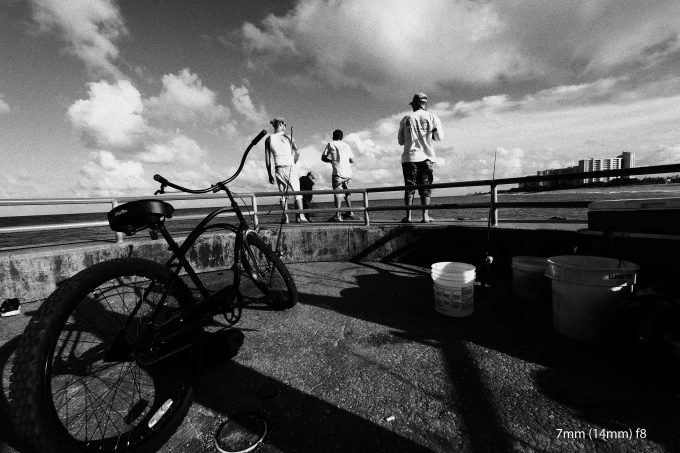
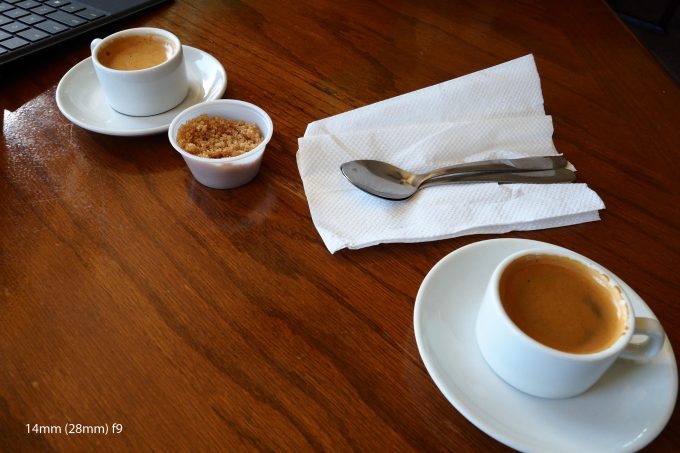
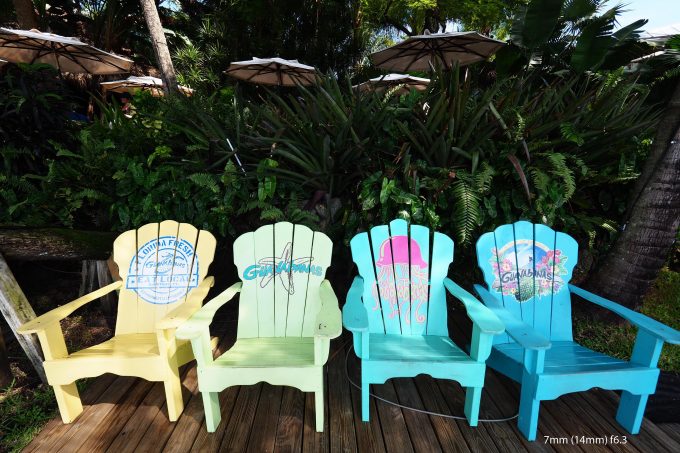
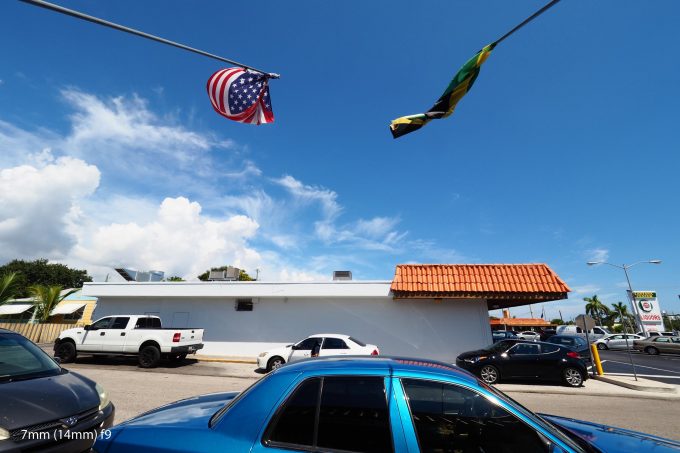
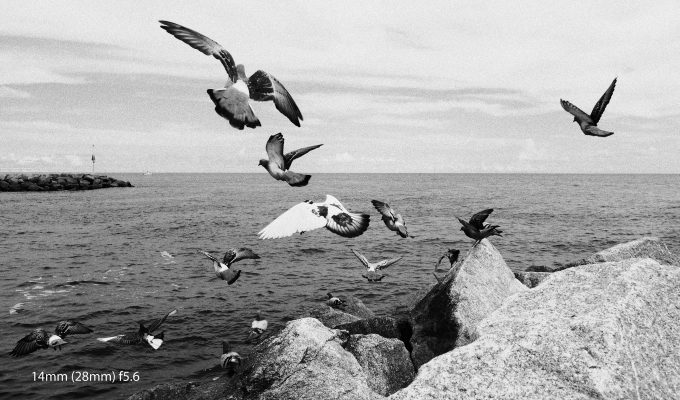
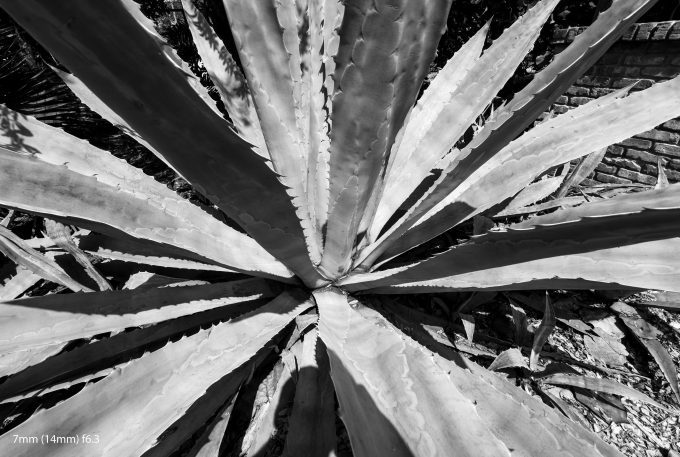
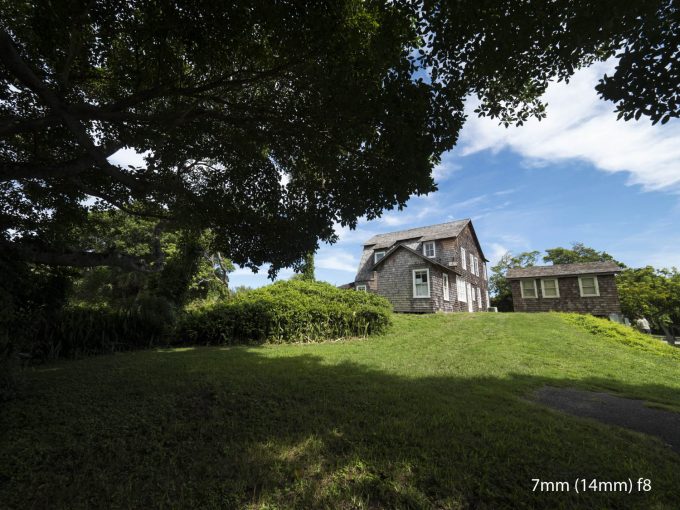
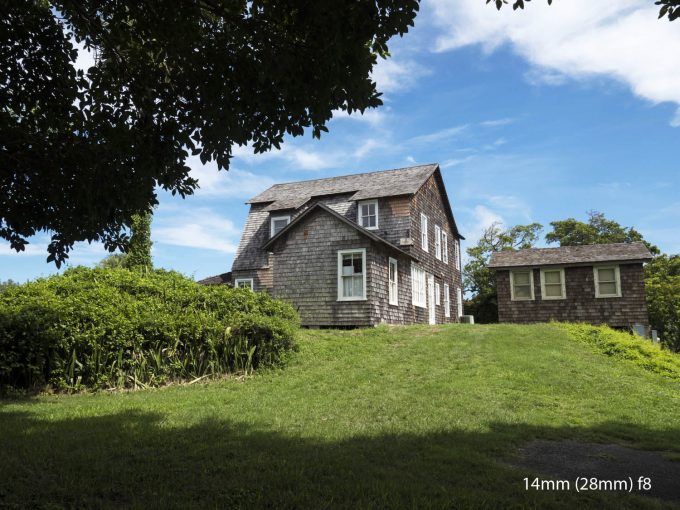
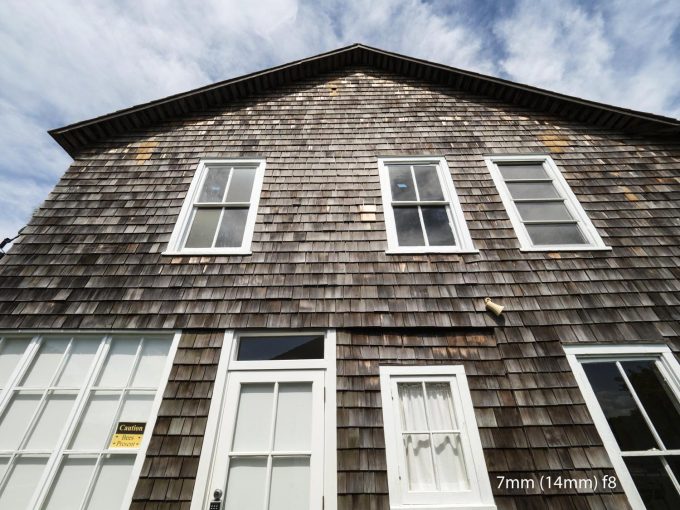
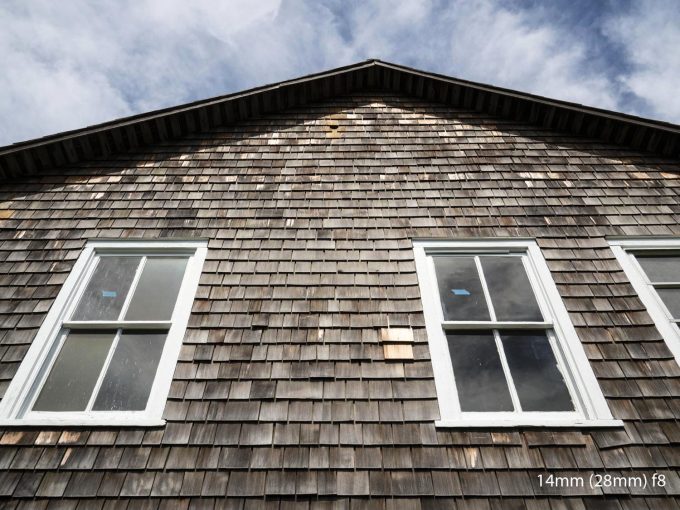
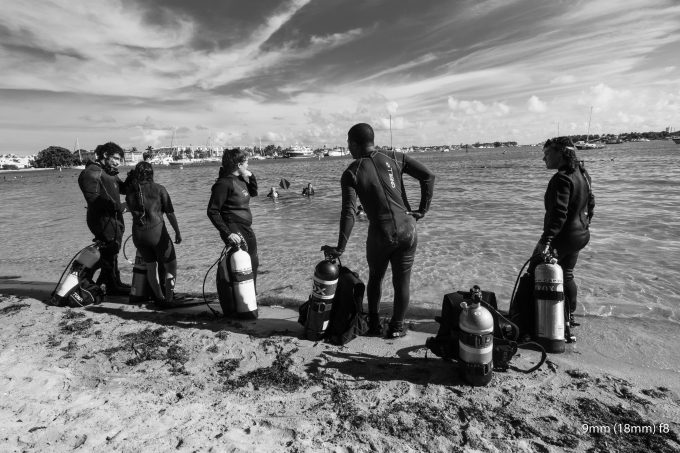
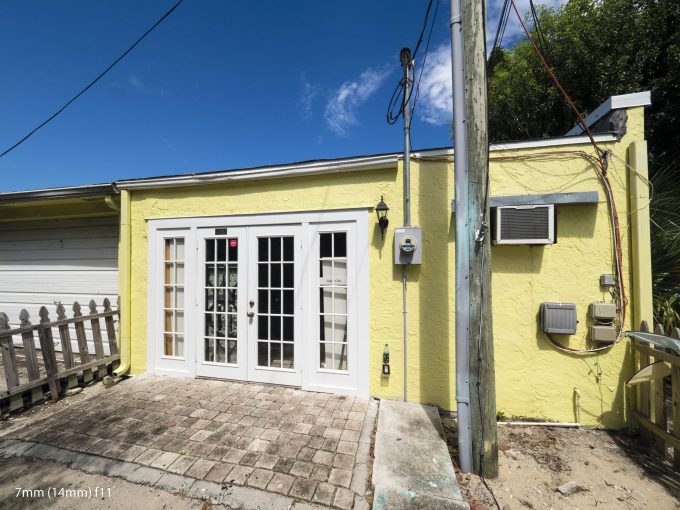
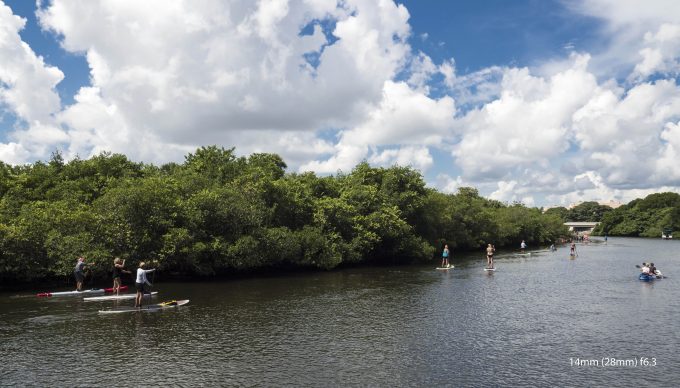
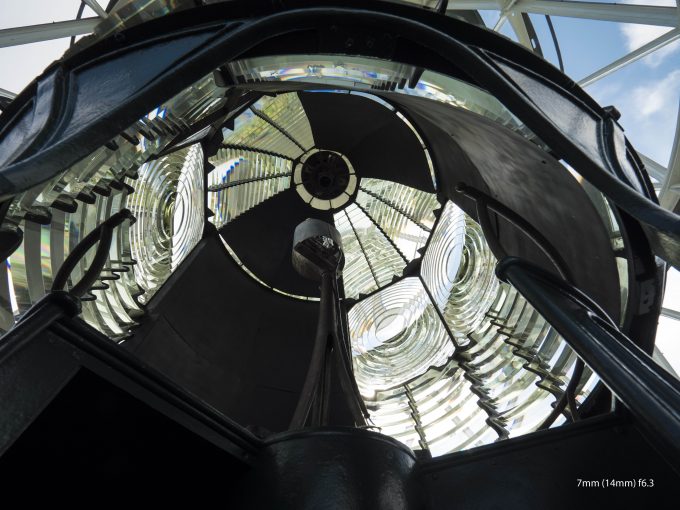
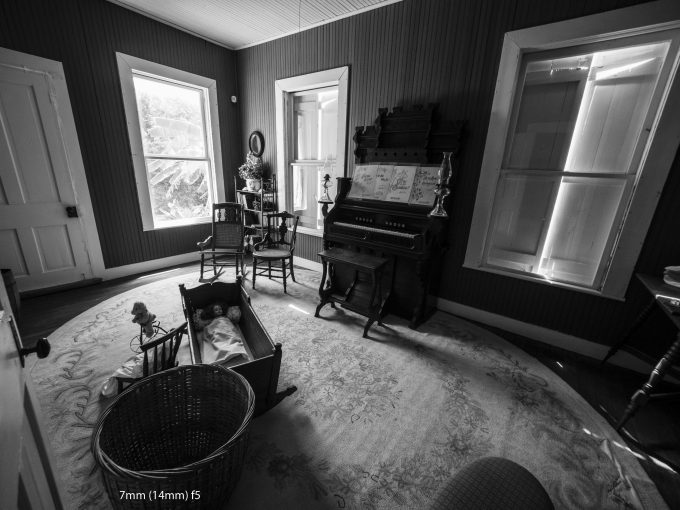
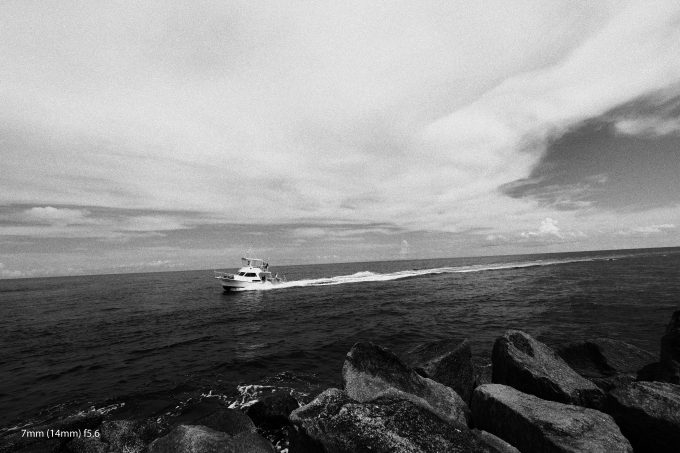

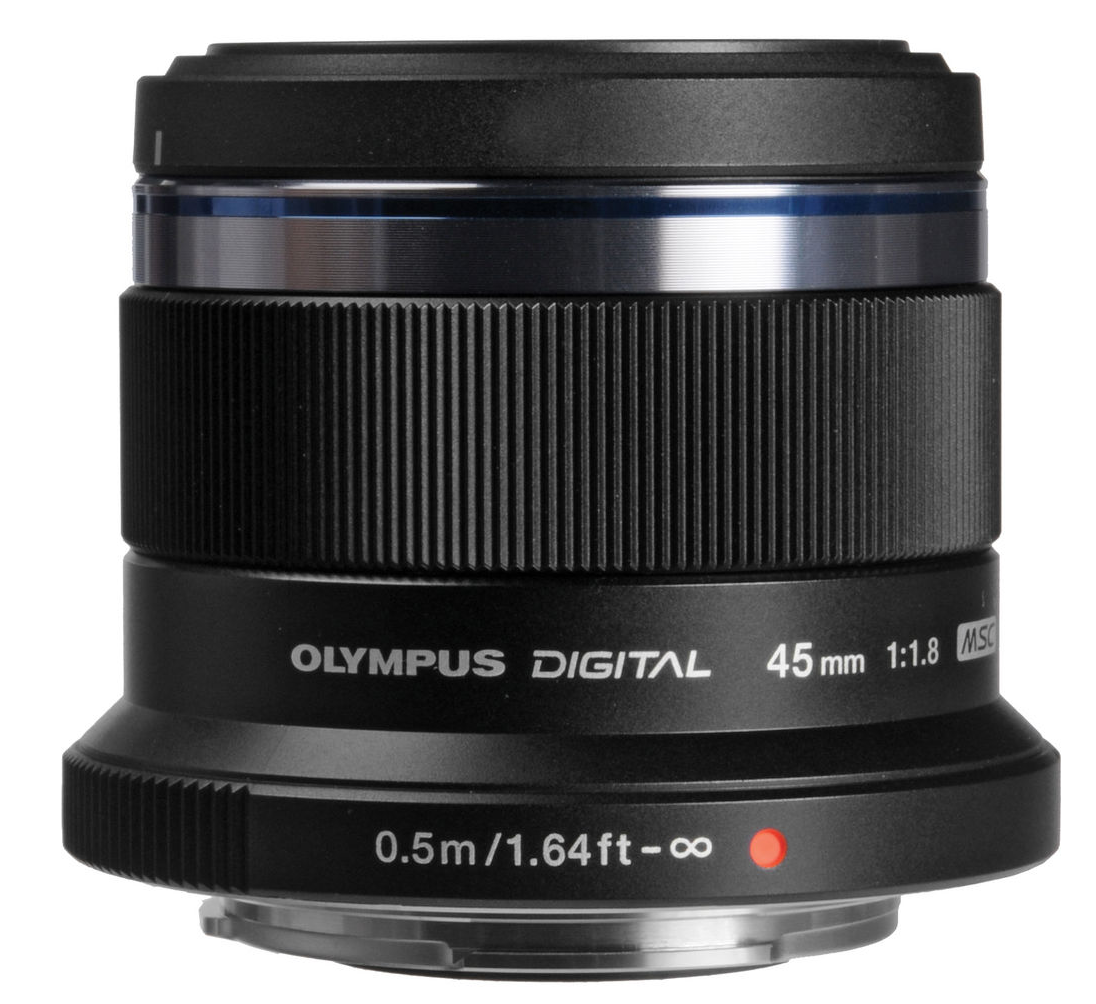

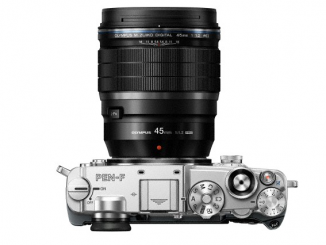
Last September I attended my Nephew’s wedding and photographed them emerging from the chapel with my EM1 Mk1 and 12-40 2.8.I made a small highlight/shadow adjustment with the intention to get his dark suit right without bleaching out her white dress. When my Sister saw the results she pronounced them better that the pro pictures which were taken with a full-frame Canon, and failed to capture the lace detail of the dress, which mine did. Yes, sensor snobs and pixel peepers.
Great review. I love this lens as well. I switched to m43 exclusively 3 years ago with my purchase of the E-M1 and have no regrets I still love this system regardless of what the sensor snobs and pixel peepers think. Lense are awesome and relatively affordable and the images are fantastic.
Yup; figured that was the only explanation.
Carry on!
Hey Rick, good eye! Those photos on Camera Size are composites. Sometimes you’ll even see a gap on the edges if the photo of a body or lens isn’t perfectly aligned. I suspect the only shot of the Olympus lens at the time was from the side.
That’s not how it actually look. I don’t know if he half-mounted the lens on or what, but in real life the longer sides of the fixed hood are on the top and bottom.
OCD alert: in the Nikon/Olympus/Pentax size-comparison photo, the bulit-in (fixed?!!) Olympus lens hood seems to be turned 90-degrees (the sides are longer than the top/bottom)
How da do dat??
Good plan 🙂
Thanks so much Earl. That 9-18mm is supposed to be a good lens from what I’ve heard.
I completely agree with your “perfect combo” as I have the poor mans’ version…
9-18 on an Epl7 with 25 f1.8 and 60mm macro on Em10II…and panny 45-150mm.
though wide is a lot of fun, I find the 9-18 quite versatile for the long end…
nice writeup and pics…
The smaller sensor doesn’t bother me at all in most respects except for low light. Shooting evening football matches or even Saturday games (when it’s dark for the whole second half in an English winter!!) means using silly ISOs. Maybe I will rent an EM1 ll and a couple of lenses when it comes out and give it a try. It’s too big an investment to jump in without putting through its paces. Of course, if Olympus wants to lend me some kit, I could probably find time to help out with field-testing (!!!)
Hey Rick, This lens is made to use, so yes, take it out and shoot with it in any weather. True, you would usually shoot stopped down a bit, but it’s nice to know the speed is there is you need it. As for size, it’s just about perfect. Even on the Pen F the size never bothered me, and I like smaller lenses. On the OM-D E-M1, it will be perfect.
Sunstars are fantastic from one test I did. I did another at f8 shooting directly into the sun, and it reminded me of my Zeiss lenses. It does very well.
Yes but the 10mm is f/5.6, this is an f/2.8. The 10mm is Manual Focus, this is Auto or Manual. This is built to a higher standard than the 10mm f/5.6 as well. Also, this is for Olympus users or Micro 4/3, the 10mm is strictly for Sony. I’ve taken a few shots with the 10mm, too wide for me personally. This will give us 14-28mm equiv os more useful IMO. But if one owns a full frame Sony, the 10mm is a great option you if you want really WIDE!
Talking about very,very wide put VC Hyper wide Heliar 10/5.6 on Leica or Sony FF and lets talk about a super wide compact combo. Have you checked it out Steve?
Thanks so much Colin! This lens and the OM-E-M1 II would make the perfect combo for sports. I shot sports as a photojournalist for a long time, and never had a tool like this at my disposal. Sports is about peak action and fleeting moments, as you well know, so the smaller sensor wouldn’t matter for well-lit events. I can think of all kinds of applications having this at your side to suppliment your big-gun DSLR’s. A super-wide perspective opens up a whole new world.
I did, it was fun-knee!
If you do get this lens, I’d recommend the grip to balance the camera since it’s so small 🙂
I’ve used all three systems, sold my Fuji’s and bought the Sony system. The cameras are small and the f4 lenses are great. For what you’re doing there is no need for f2.8 lenses. I’d consider the Zeiss FE 16-35 f4–I hear it’s fantastic (I don’t own it), or perhaps the new Zeiss Batis 18mm on an A7 RII.
A great lens indeed and thanks for sharing. The thing though with pro extreme wides like this to justify the expense: 1) do you really need the speed and wouldn’t you almost always use it at f/5.6-8?; 2) with that convex front glass would you really be taking it out in the rain and need weatherproofing?; 3) Isn’t it rather large and heavy for micro four thirds (18.84 ounces)?; 4) with extreme wide candid photography which is often crazy close to your subject matter, wouldn’t you want something smaller, lighter and more discrete? Anyways my thanks to Olympus for also making the exquisite 12 f/2 or Sony for their E 10-18 f/4 OSS.
I think you didn’t get the irony.
What’s it like shooting with the sun to some degree in the shot? I had the 40-150 and it would create a big purple splodge. Also what is it like when creating star bursts from light sources?
Thanks for the tip Jeff.
You can attach filters 😉 There is one just made for this lens.
Hi Peter, It’s good enough that I didn’t notice it too much in bright, sunny Florida. Depending on what focal length you’re zoomed in to, you could get flare from he sides as the front element goes in and out when zooming.
The 7-14mm f/2.8 is not my most used lens on my E-M1, but its my favorite lens. This lens alone with keep me in micro 4/3’s. Even if its the only lens I keep.
There is a filter system available for it. Phil Norton has a system that uses Nisi filters and an adapter for the 7-14. You can find more info on it here: http://www.philnortonphotography.co.uk/olympus-714-adapter.html
I agree that this lens has certainly a lot of flair. But how does it handle flare? 😉
The only caveat for me would be the inability to attach filters for things like long xposures. Looks great non the less.
Craig, I always enjoy your reviews – great writing and highly practical. I’ve borrowed the Nikon 14-24 f2.8 a couple of times to shoot events and in the right circumstances, the ultra-wide perspective definitely creates pictures with the ‘wow’ factor. If I ever abandon my DSLR (doubtful as I shoot sport, but you never know!) I think Olympus would be my first port of call and this would be the first lens on my shopping list.
I am so glad that you LOVE this lens. Everybody loves their ugly daughters and their choices are usually wonderful except for the ones that they don’t talk about. It is called: Quality Association. I love it, it is great… Means: I am great for seeing/choosing it. There are studies that show how people are very objective before a purchase but, after it they dend to protect their choice.
“The unexamined camera is not worth buying”.
There was the first digital camera in 90-91. A 1 mil. pix. Casio. You probably didn’t look for it.
I do have to say that the Olympus and Panasonics are very good for photos of all kinds except anything like large prints or professional requirements. They are also great for videos because video has lower resolution and size requirements but, for the price I would recommend the new
Fuji APS-C and, if you like very wide… The Sigma DP0 at $800, maybe the best you can get. It should only be considered if you convert from RAW. Test it.
Thanks for the great review, you really tempt me with this little big lens. Sorry if I move a bit out of topic but my main interest are wide landscape lenses so I will take the chance and ask my question. I am considering the upgrade from an old Canon APS-C and I want to jump into the mirrorless world. As I told I am focused on landscape (mainly mountains since I’m living on the Dolomites) and travel photography. I would ask your advice about which system is the best for my purposes between Olympus, Fuji and FF Sony. I am wondering how much difference there is, in terms of IQ, between these system and if this difference worth the increase in weight and price. My first purchase will be of course a solid wide lens, I will consider other lenses in the future (and I totally agree with your combo list). Thanks to everyone answering me 😉
Thanks Michael, it is a great combo, no doubt.
Thanks so much…I think you’ll be buying this lens because I think the E-M1 II will be that good. Cheers!
Thank you Craig for such a thoughtful review demonstrated with the various images to make your
point. I enjoyed it thoroughly. If the new EM 1 MK 11 proves itself to be a substantial improvement
over my EM 1 then I can see the 7-14 pro being in my tool arsenal. Thanks again Craig
It is always interesting to see what tourists to my town find to photograph. Sometimes stuff we take for granted because we see it every day.
Have to agree with all you’ve written. I love this lens. It’s so versatile, and for a truly weatherproof outfit it teams beautifully with the E-M1.
I also shoot µ4/3. My camera is the Pen F. I was thinking just this morning that I’m very happy with my lens set, especially with the Leica 25mm f/1.4. Now I read your review.
Damn.